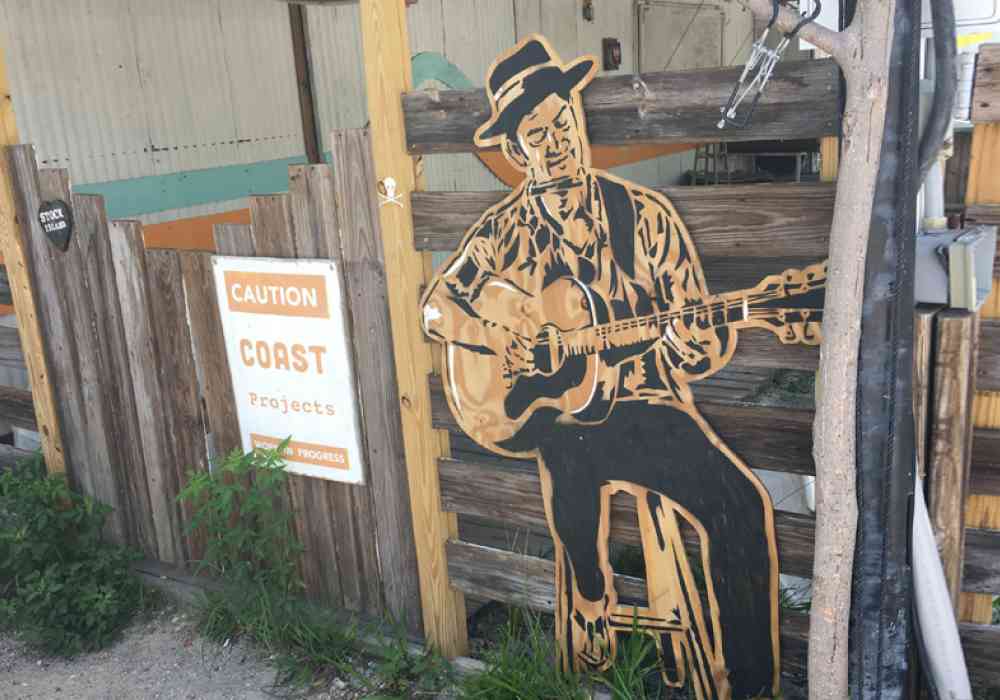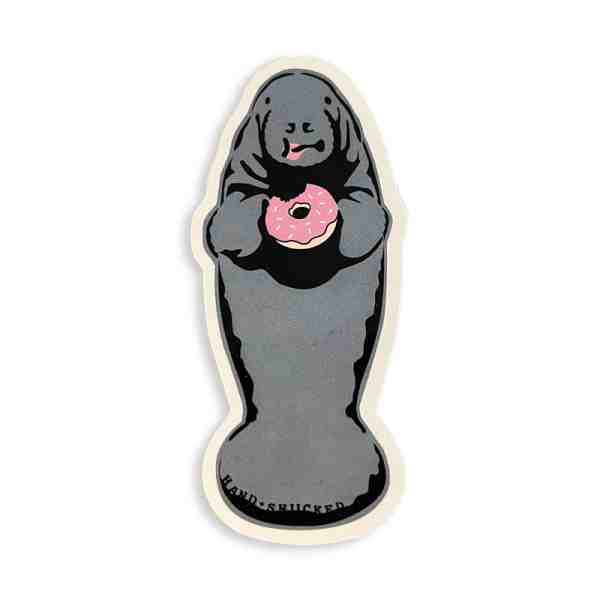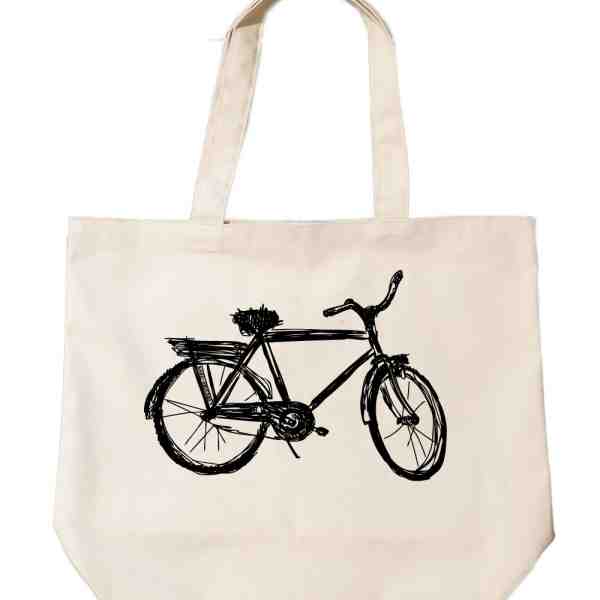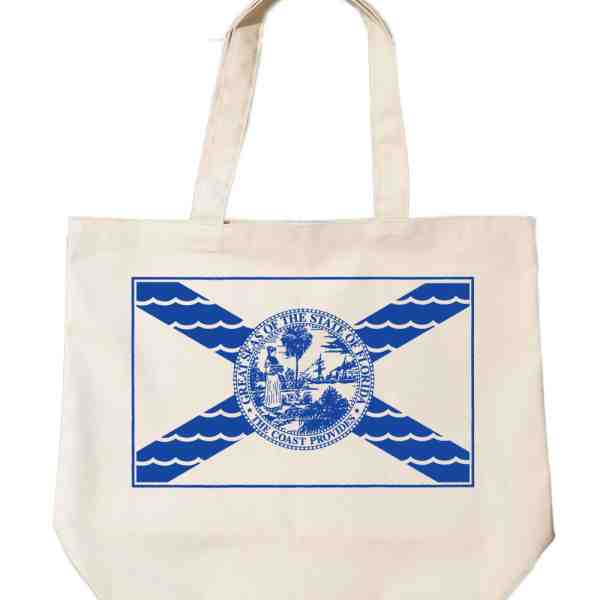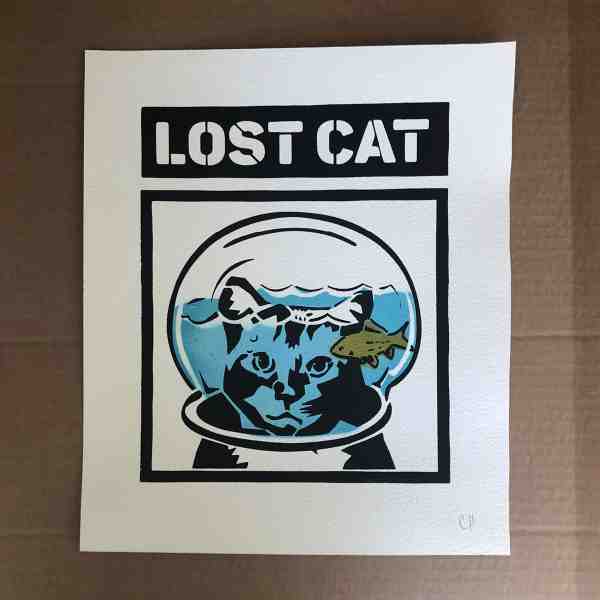Street Art Tailored: A Guide to Custom Creations
Why Personalized Street Art is Revolutionizing Urban Art
Street art custom is a fascinating blend of creativity and personal expression within the urban landscape. This form of art allows artists to transform ordinary walls into extraordinary canvases that tell unique stories. In today’s culture, personalized street art reflects more than just artistic talent — it embodies individual identity and community spirit.
Key Points of Street Art Customization:
- Merges personal design with urban spaces.
- Offers a visual dialogue with the community.
- Reflects local culture and individual stories.
Urban art has a vibrant history, from graffiti in 1960s New York to commissioned murals around the world. This evolution has integrated street art into mainstream appreciation, paving the way for custom street art to thrive. Personalized artworks offer a distinct sense of character and originality, often seen gracing the walls of cities known for their colorful artistic expressions.
I am Chris Higgins, founder of Handshucked Art and Designs. I’ve spent years immersed in the vibrant world of street art custom, developing unique art pieces that capture both humor and personalized aesthetics. Let’s explore how street art customization is weaving individuality into our urban environments.
Understanding Street Art Customization
Street art customization has transformed the way we perceive public spaces. This creative process involves tailoring graffiti, murals, and other art forms to reflect personal or community themes. Custom street art is not just about aesthetics; it’s about making a statement that resonates with its surroundings.
Graffiti Art: The Roots of Customization
Graffiti art is the cornerstone of street art customization. Originating from the 1960s graffiti boom in New York City, it has evolved into a respected art form. Artists like Keith Haring brought graffiti from the streets into galleries, paving the way for custom graffiti art. Today, graffiti artists work closely with clients to create pieces that capture specific emotions, stories, or cultural elements.
Personalized Street Art: A Unique Expression
Personalized street art is a blend of artistic skill and individual expression. This form of art allows clients to infuse their identity into urban landscapes. Whether it’s a mural depicting a local legend or a vibrant graffiti piece capturing the essence of a neighborhood, personalized street art adds a layer of uniqueness to any setting.
- Client Collaboration: Artists collaborate with clients to understand their vision and translate it into a visual masterpiece.
- Cultural Reflection: Personalized pieces often reflect the cultural dynamics of the area, creating a dialogue between the art and its viewers.
- Emotional Impact: These artworks evoke emotions, making public spaces more engaging and thought-provoking.
The Process of Creating Custom Street Art
Creating custom street art involves several steps:
- Concept Development: Artists discuss ideas with clients to understand their preferences and goals.
- Design Sketching: Initial sketches are created to visualize the concept.
- Client Feedback: Clients provide input to refine the design.
- Final Execution: The artwork is brought to life on the chosen surface, whether it’s a wall, canvas, or another medium.
This collaborative process ensures that the final piece is not only visually stunning but also deeply personal.
In cities like Austin, where Handshucked Art and Designs is based, custom street art has become a defining feature of urban culture. These artworks are not just decorations; they are conversations, memories, and stories etched into the fabric of the city.
Types of Custom Street Art
When we talk about street art custom, we’re diving into a diverse world of creativity that transforms public spaces into personal canvases. Let’s explore the various forms of custom street art and how they each offer unique ways to express individuality and culture.
Graffiti: The Heartbeat of Street Art
Graffiti is the most recognized form of street art and often the starting point for many artists. This art form involves using spray paint or markers to create vibrant designs on walls and other surfaces. In the field of custom graffiti art, artists work with clients to design pieces that reflect personal stories or community themes. This collaboration results in art that not only beautifies spaces but also tells a story unique to its location.
Sculptures: Adding Dimension to Art
While graffiti paints a picture on flat surfaces, sculptures bring street art into the third dimension. Custom sculptures can be anything from small installations to large public artworks. These pieces often become landmarks in their own right, engaging passersby with their tactile and visual appeal. Sculptures in street art can be both permanent and temporary, allowing for a dynamic interaction with the environment.
Poster Art: A Blend of Print and Street
Poster art combines traditional printmaking techniques with the spontaneity of street art. Artists create designs on paper or other materials and paste them in public spaces. This form of art allows for quick dissemination of ideas and can be easily customized for specific messages or themes. Poster art is often used for political commentary or social messages, making it a powerful tool for public discourse.
Spray Paint Murals: Large-Scale Impact
Spray paint murals are large-scale artworks that transform entire walls into vibrant canvases. These murals are often commissioned to celebrate local culture, history, or notable figures. The process involves detailed planning and collaboration between the artist and client to ensure the mural resonates with its audience. Spray paint murals can be found in cities worldwide, adding color and character to urban landscapes.
Sticker Street Art: Small but Mighty
Stickers may be small, but they pack a punch in street art. Artists create custom designs that are printed on adhesive paper, allowing them to be placed on various surfaces. Sticker street art is versatile and can be used to spread messages quickly across a wide area. It’s a popular choice for artists looking to make a statement without the permanence of paint.
Each type of custom street art offers a unique way to engage with the community and express individuality. From the bold strokes of graffiti to the intricate details of sculptures, these art forms enrich our urban environments and invite us to see the world from new perspectives.
Creating Your Own Custom Street Art
Creating your own custom street art is an exciting journey that combines creativity, collaboration, and personal expression. Whether you’re looking to transform a personal item or a public space, there are several steps to consider in bringing your artistic vision to life.
Finding the Right Graffiti Artist
The first step in creating personalized street art is selecting the right artist. Artists like DMI, CTY, VTY, and HBZ, each with their unique styles, have transformed everyday objects and spaces into vibrant art pieces. Their portfolios often showcase their versatility—from graffiti art on canvases to murals and even custom designs on unusual surfaces like lamp shades and exercise equipment.
When choosing an artist, consider their past work and style to ensure it aligns with your vision. Many artists are open to collaboration, allowing you to provide input on themes, colors, and even specific elements you want included in the artwork.
Designing Your Custom Graffiti Art
Once you’ve selected an artist, the next step is to design your artwork. This involves discussing your ideas and preferences with the artist. You might want a piece that reflects a personal story, a cultural theme, or simply something that adds a splash of color to your environment.
For example, clients have commissioned pieces with themes ranging from NYC nightlife to galactic vibes. The key is to communicate your vision clearly and trust the artist to bring it to life in a way that resonates with you.
Personalizing the Medium
Custom graffiti art isn’t limited to walls. Artists can work on a variety of surfaces, from canvas to clothing, and even unconventional items like luggage and skateboards. The choice of medium can add another layer of personalization to your artwork, making it truly one-of-a-kind.
Consider what surface best suits your needs and the intended display location. For instance, a large mural might be perfect for an outdoor wall, while a smaller piece could be ideal for home decor.
Collaborating for a Unique Creation
Collaboration is at the heart of creating personalized street art. It’s a dynamic process where your ideas and the artist’s expertise merge to produce something unique. This partnership ensures that the final piece not only meets but exceeds expectations, capturing the essence of your vision in a tangible form.
Whether you’re commissioning a mural to celebrate local culture or a small piece as a personal gift, working closely with the artist is crucial to achieving a result that speaks to you and your audience.
Creating custom street art is more than just a project—it’s an opportunity to express individuality and connect with the community through art. By choosing the right artist, designing a meaningful piece, and personalizing the medium, you can create a work of art that is as unique as you are.
Legal Aspects of Street Art
Navigating the legal aspects of street art can be tricky but essential for artists and patrons alike. Understanding these aspects can help ensure that your creative endeavors stay on the right side of the law.
Graffiti Art Legality
Graffiti art often falls into a gray area when it comes to legality. While some view it as vandalism, others see it as a form of artistic expression. The key difference often lies in consent. Creating graffiti on private or public property without permission is generally illegal and can result in fines or even arrest.
However, cities like Philadelphia have acceptd graffiti as part of their cultural landscape, offering legal avenues for artists. Programs and designated spaces allow artists to showcase their work legally, changing urban areas into vibrant galleries. This approach not only supports artists but also improves the community’s cultural fabric.
Street Art Legality
Street art encompasses more than just graffiti. It includes murals, sculptures, and other forms of art displayed in public spaces. The legality of these works often depends on local laws and whether the artist has obtained the necessary permits or permissions.
Some cities actively commission street art projects, recognizing their value in beautifying neighborhoods and attracting tourists. For instance, public art programs in cities like San Francisco and Berlin have turned streets into open-air museums, providing artists with platforms to express themselves legally.
Community Art Projects
Community art projects offer a legal and collaborative way to create public art. These projects involve artists working with local organizations, residents, and city officials to develop artworks that reflect community values and aspirations.
Such projects not only provide a legal framework for creating art but also foster a sense of ownership and pride among residents. They can address social issues, celebrate cultural diversity, and even promote dialogue and understanding within communities.
Engaging in community art projects can be a rewarding experience for artists. It allows them to contribute positively to their environment while ensuring that their work is both impactful and lawful.
By understanding the legal aspects of street art, artists and patrons can steer the complexities of creating art in public spaces. This knowledge ensures that their work not only beautifies but also respects the communities it inhabits.
Frequently Asked Questions about Custom Street Art
What is art on the street called?
Art displayed in public spaces is often referred to as street art. This broad category includes various forms such as murals, graffiti, and sculptures. Another term you might hear is guerrilla art, which typically describes unsanctioned or spontaneous art installations. These works transform everyday urban landscapes into unexpected galleries, adding vibrancy and character to our cities.
Is it legal to do street art?
The legality of street art can be complex and varies significantly by location. Graffiti art, in particular, often faces legal challenges. Without permission, graffiti is usually considered vandalism, leading to fines or legal action. However, some cities accept street art by providing legal avenues for its creation. For example, Philadelphia has programs that allow artists to create works legally, turning parts of the city into colorful art showcases.
Street art that includes murals, sculptures, or other authorized installations generally requires permits or approval from property owners or local authorities. Cities like San Francisco and Berlin have recognized the cultural and aesthetic value of street art, commissioning projects that improve urban environments. These initiatives provide artists with legal platforms to express their creativity, contributing to the cultural richness of the community.
What are the three types of street art?
Street art comes in many forms, but three common types are:
- Graffiti: This includes text or images spray-painted on walls or surfaces. While often linked to unauthorized works, graffiti can also be legally commissioned.
- Sculptures: These are three-dimensional artworks placed in public areas. Sculptures can range from traditional statues to modern installations and are usually installed with permission.
- Poster Art: This involves putting up posters or stickers in public spaces. Poster art is used for both artistic expression and advertising, and its legality depends largely on location and consent from property owners.
Understanding these types helps artists and enthusiasts appreciate the diversity and creativity that street art brings to urban landscapes. Whether it’s a vibrant mural or a thought-provoking sculpture, each form adds a unique flavor to the cityscape.
Conclusion
In art and design, Handshucked Designs stands out by offering unique and custom street art creations. Based in the vibrant locale of Key West, Florida, we specialize in changing urban spaces into personalized art experiences. Our work is not just about adding color to walls; it’s about creating stories and connections through art.
Our distinctive artworks, like the popular “Lost Cat” series and the whimsical “Hungry Manatee” pins, reflect our commitment to originality and creativity. Each piece is crafted with care, ensuring that it resonates with the audience and improves the environment in which it is placed.
Custom street art is more than just a visual treat; it’s an expression of individuality and community spirit. Whether it’s a mural that tells a local story or a graffiti piece that captures an emotion, our art is designed to engage and inspire. We work closely with clients to understand their vision, preferences, and the message they want to convey.
By choosing Handshucked Designs, you are not just commissioning a piece of art; you are investing in a unique experience that transforms spaces into cultural landmarks. Our commitment to quality and creativity ensures that each project is a testament to the power of art in public spaces.
Explore our offerings and find how we can bring your vision to life with unique artworks that stand the test of time. Visit our Handshucked Designs service page to learn more and start your custom art journey with us today.


